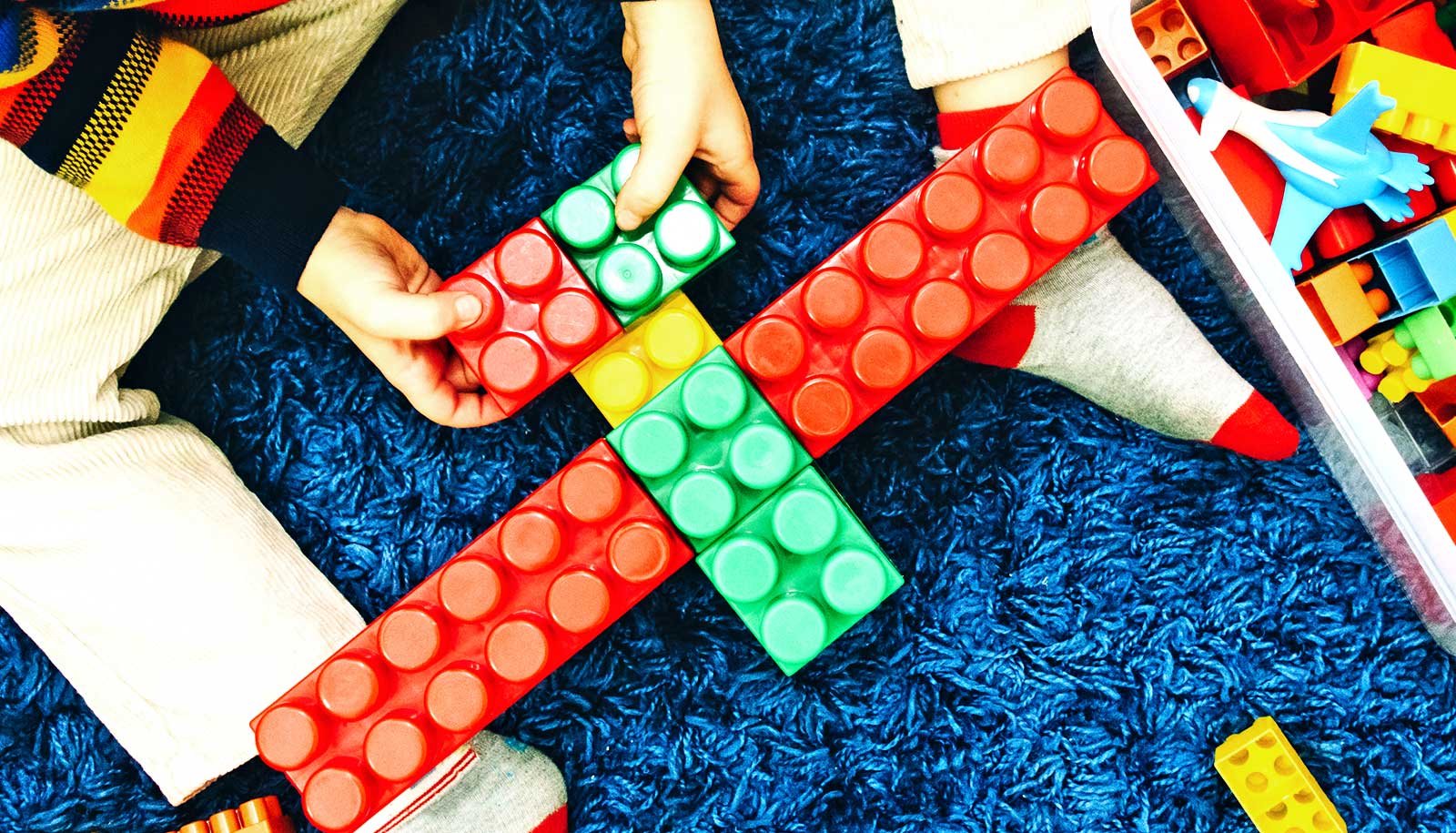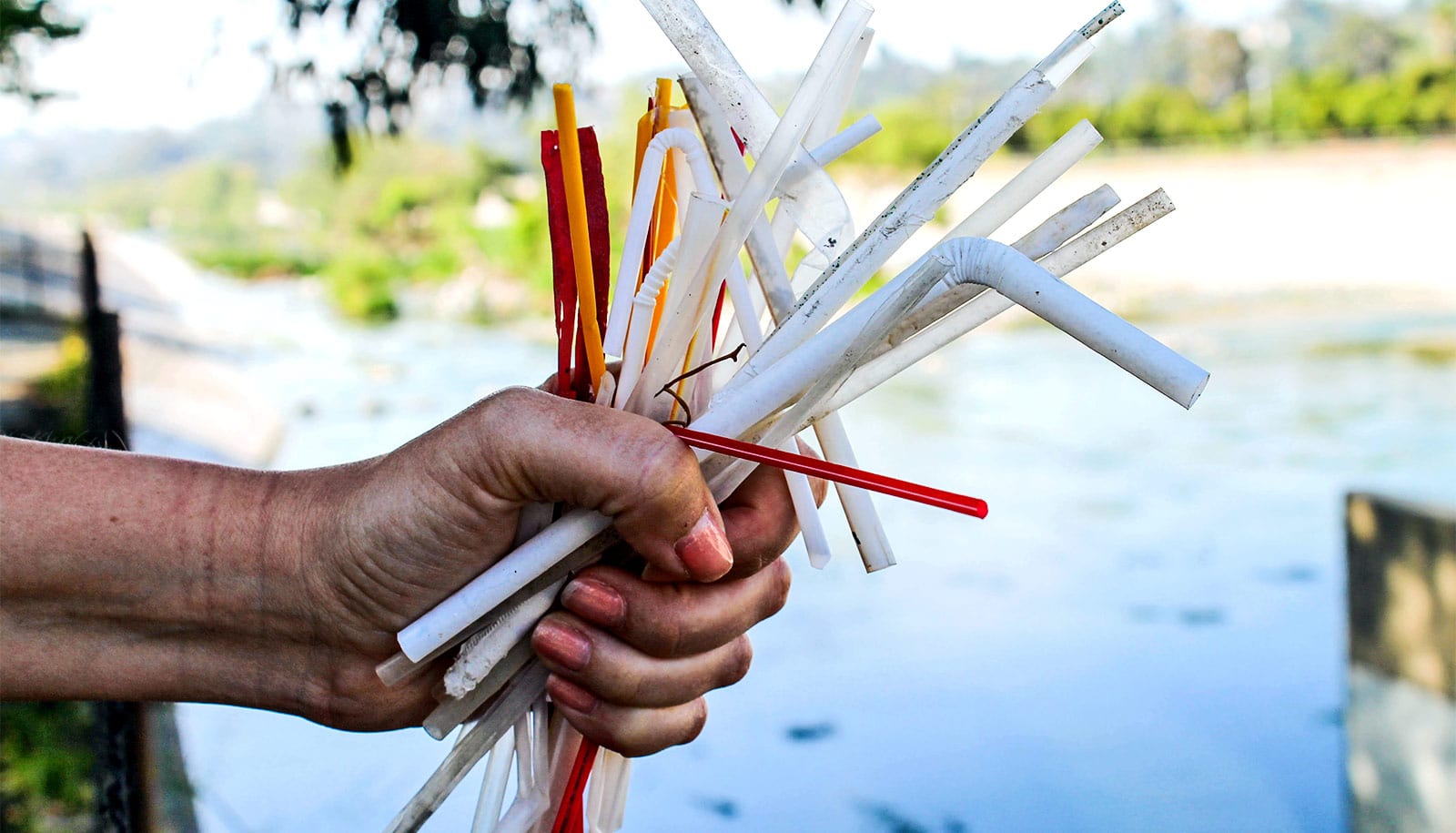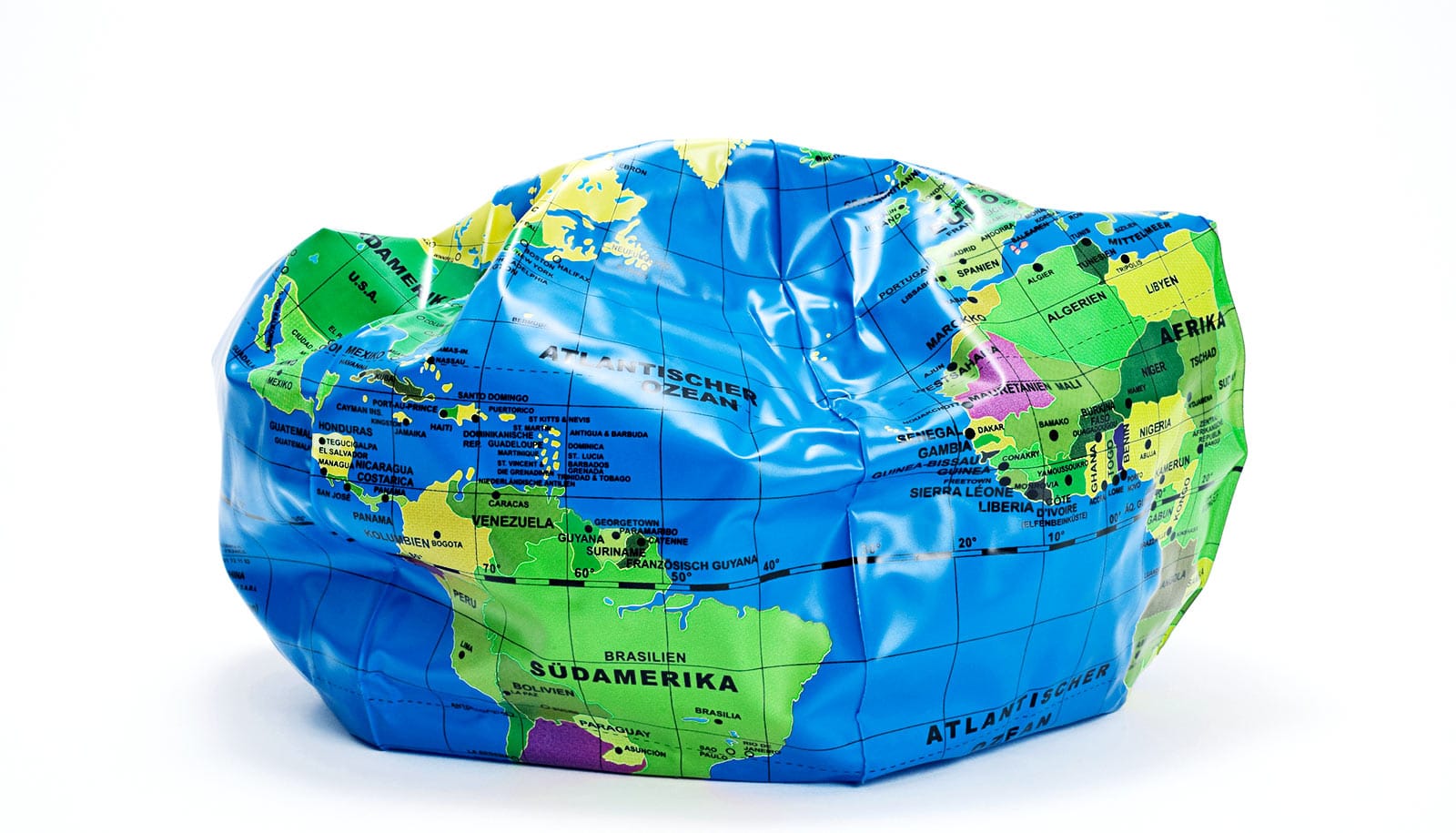Whether it’s a Baby Yoda, a plastic building brick, or a fashion doll, all toys contain chemicals that give them desired properties: the right hardiness or elasticity, bright colors, and fragrances.
But these chemicals could also come with health risks, says Olivier Jolliet, professor of environmental health sciences at the University of Michigan School of Public Health.
Earlier this year, Jolliet and colleagues published a global study that looked at hundreds of chemicals in toys and found more than 100 chemicals of concern. They also specifically studied exposure to chemicals via mouthing of toys, teethers, and pacifiers.
Here, Jolliet and coauthor Lei Huang, a research specialist in environmental health sciences, discuss what they learned, what can be done to change things, and how the findings may affect what you buy your kids this holiday season:
In your study, you identify more than 100 chemicals of concern. Did the findings change some of the things you do at home?
Huang: Yes. We were conducting the study and we found out that in the room of a child, we typically have 50 kilos (about 110 pounds) of plastic toys. My daughter’s slide behind me in my office is 20 pounds of plastic—just the one slide.
So, after conducting the study, I realized that the large amount of plastic materials in my kid’s room is really not good for her health. We drastically reduced the amount of plastics in her room. We’ve now stored the unused toys away in my garage where she is not exposed to the chemical releases. We only keep those commonly played toys in her room.
Why did you decide to look at plastic toys?
Jolliet: We focused on plastic toys because children constitute a sensitive population to chemicals in products, as they are in the development stage of their life and can be in close contact with toys, putting them in their mouth.
In addition, toys have changed quite a bit overtime.
Dolls, for example, used to be made of ceramic with limited releases, and my own trains were made out of wood, possibly with some additives. My kids’ generation, which is now grown up, their toys were made of plastic and this amount has now further increased in the present generation.
A kid receives about nearly 20 kilos—40 pounds—of toys every year. In a room, kids have 50 kilos of plastic. The first realization of this paper was, in fact, children play with one toy at a time. So, when we think of a single toy, the impact it has on the air is not that important. But when you have 50 kilos of toys in the room, then it starts to be very important.
How did you go about doing the research?
Jolliet: The first thing is that it is hard to know what chemicals are in the toys. So, our colleague Nicolò Aurisano at Technical University Denmark identified 25 peer-reviewed papers to find their chemical composition.
Then, we developed a tool to screen for the risks of a wide range of chemicals, including mouthing and utilizing different models. We estimated how much of the chemicals from the toys leak to the children by inhalation, ingestion, and dermal exposure. Based on those findings, we then characterized the chemicals of concern—the ones with highest concentrations and chemical releases that could have a negative health impact on children.
What were your main findings?
Jolliet: We identified more than 100 chemicals of concern that should be looked into by toy manufacturers to limit their concentration in toys.
We basically have two main types of chemicals of concern in toys. We have the ones that are released quickly, called volatile organic compounds or VOCs. So, say if your child opens a toy on Christmas and it smells like plastic, I would recommend that in the first days and weeks perhaps the kids use it for a short time but as soon as he’s not using it, remove it until it doesn’t smell anymore so the chemicals don’t remain in a closed environment.
But among all the chemicals in toys, the most problematic were the plasticizers, which are semi-volatile chemicals. The problem with the plasticizer is that they are at high concentrations and will continue to be released all over the lifetime of the toy so for these, you cannot wait. I mean, they will continue to release their chemicals for 15 years. So, here we need to really prevent and have the manufacturer avoid the potential chemical of concern.
What can be done about this?
Jolliet: We would first like manufacturers to disclose what chemicals are in their toys. I mentioned this is really difficult information to find out and I think our regulators should require manufacturers to disclose the chemical contents of the toys.
That would really then help identify which chemicals are problematic. We can also include these chemicals of concern on exclusion lists for ecolabel. Following our publication, Nordic Ecolabel’s requirements for toys have just been tightened. This means stricter requirements for chemicals and stricter environmental requirements for materials that help to promote the circular economy. But we also need to be sure that the alternatives are better, to avoid regrettable substitutions.
Thus, we have produced a tool that can be used by manufacturers to test if they use a new chemical to replace a chemical of concern. Using that tool, they can look for alternatives which are substantially better. This project was developed with the United Nations Environment Programme and my colleague at Technical University Denmark.
We are also working with our colleagues in China, who are in contact with toy manufacturers to provide the training opportunity for them to learn how to use this tool. We also have produced a very simple way to address the problem by providing them a maximum concentration in toys that if you don’t exceed it, you are OK.
What can parents do?
Jolliet: We probably still want our kids to play with toys. Storing unused toys away from common areas, as Lei did, is a good approach. Reducing the overall quantity of plastics that you have is the first thing. Second, is to regularly ventilate our children’s rooms.
The other thing is, don’t put plastic in the mouth of your kids. So, don’t use a pacifier for extended periods because a substantial fraction of their plasticizer will go in the saliva. Plasticizers are problematic because they’re not a trace chemical, they are constituents. They represent between 5 and up to 50% of the weight of the toy, so they don’t go fast away.
I would say try to limit the amount of toys, let’s limit the amount of stuff we are buying. Our consumption is not sustainable, it is not good for our planet and is not good for our kids. Our kids, what they enjoy most is the time with each other, with other kids, and with their parents. Toys are useful as a way to enjoy this relationship and this love.
What do you think is important for parents to know about this research?
Huang: I think it’s important that they are aware of these issues. For me as a parent, I would prefer to choose wooden toys for my daughter, provided they do not have hazardous additives or lacquers. And when I buy plastic toys I would check the ingredients to the extent that is possible, at least make sure it’s BPA-free or phthalates-free. I would choose those products.
Will you still buy plastic toys for your daughter this Christmas?
Huang: Oh yeah. I can’t avoid it. She’s already writing to Santa, asking for these toys. And like, if you don’t give those toys to her, it means that she’s been a naughty girl.
Additional coauthors are from the Technical University of Denmark and the United Nations Environment Programme. The researchers expect to publish a follow-up study next year.
Source: University of Michigan


